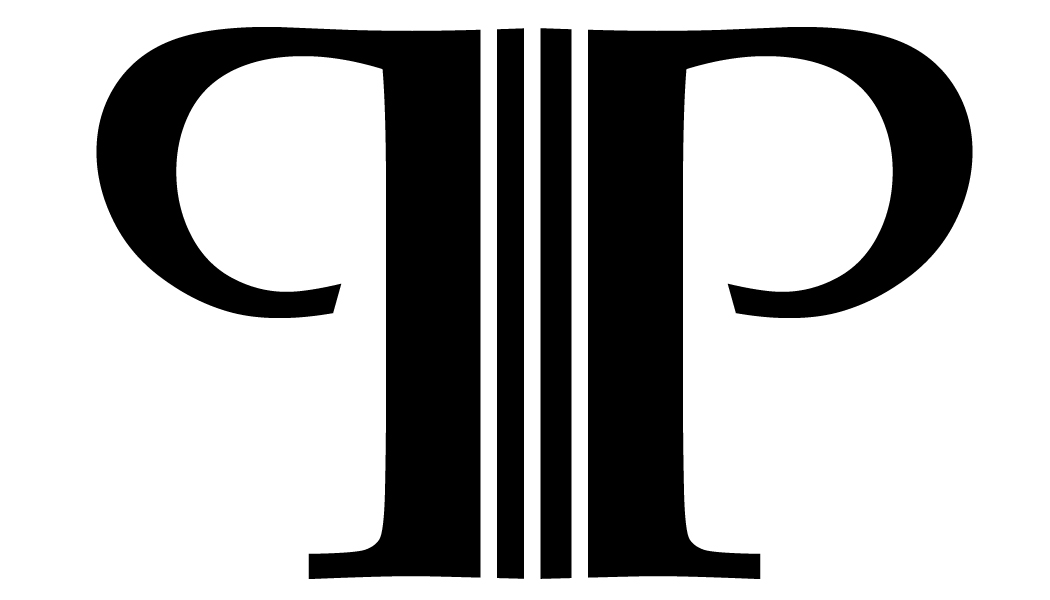Our son, Ethan was married in Los Angeles last week. In preparation, from afar, there were many details that would help bridge the distance between us in wedding planning. Ethan and Emily wanted Paul and I to have an integral part of the musical portion of the ceremony. Emily had chosen a piece of music to walk down the isle to and wondered if there was a way that Paul could arrange that for solo cello. I offered to get a cello in California and play it at the wedding… it is LA after all. Ethan, wisely, reminded me how challenging it would be to play and cry simultaneously. So we all made the decision that we would record the music to be played the day of the ceremony.
Months before the wedding Paul got to work listening to the piece and, seemingly taking the notes out of the sky, put them to paper. We set about preparing to record.
The word “record” has to be right up there with the most feared words known to (string) musicians. Probably because it is synonymous with “naked.”
Recording with smart phones has become invaluable in my studio. I can record a piece for a student with the metronome on. It allows them to play along with “me” or play the second part of the duet at home. However, the biggest benefit of phone-recording comes from the players recording themselves. Often when there is a difficult passage, whether that be because of the notes or the rhythm, if the player will record herself at the very beginning of the practice week, they will definitely be motivated to know what to work on and, ultimately, improve. Oh yes, it is painful to hear yourself make mistakes or play out of tune. No matter how many times you hear your teacher make gentle suggestions, nothing says connection like hearing yourself not connect.
The value of this tool isn’t only about correction. Just today I had a student play a piece and musicality that had been evading him had suddenly shown up for the party. The practice that he had been putting in was stunningly obvious. I suggested that he make a recording of himself playing the piece. I knew that if he had the courage to do that, it would please and surprise him in a way that even my verbal acknowledgment could not. Positive reinforcement… tech-style.
I’ve done a good amount of professional recording. I’ve sat in a playback booth and enjoyed asking the engineer if he could lift that one note just a skosh. Reverberation is right up there with the metronome as my friend. In recording the piece for the wedding we used excellent mics and equipment. I sat very still while Paul surrounded my cello with microphones and I did my best to put myself into a mental state in which none of it existed. With the equipment on, I played the piece a few times so that we could get the sound of the instrument as natural as possible in an unnatural situation. We recorded take number one which went well. I put the cello down and donned the headphones to listen to the playback. It was rich and warm..but why didn’t I connect those final phrases?… Let’s do it again.
Next take- rich, warm, connected...but don’t you think that E seems a little flat at the end? Again.
You get my point. Apparently recording is over only when the headphones are pried from your ears.
Sitting at the wedding I smiled through tears at our four sons standing up front. The wedding planner gave the cue and the DJ began to play my recording.
I think it was good...they tell me it was. I don’t know - it’s difficult to hear with your hands pressed against your ears.
Melissa Perley

